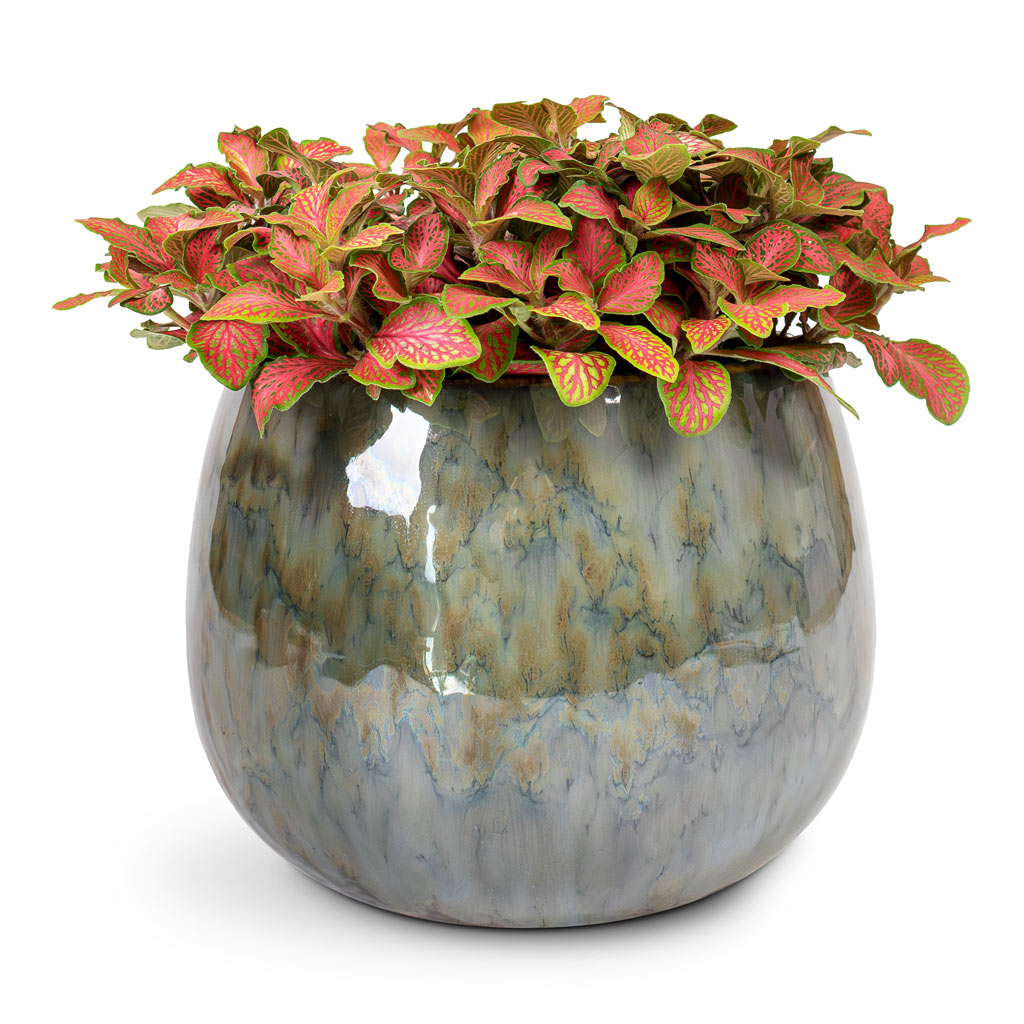
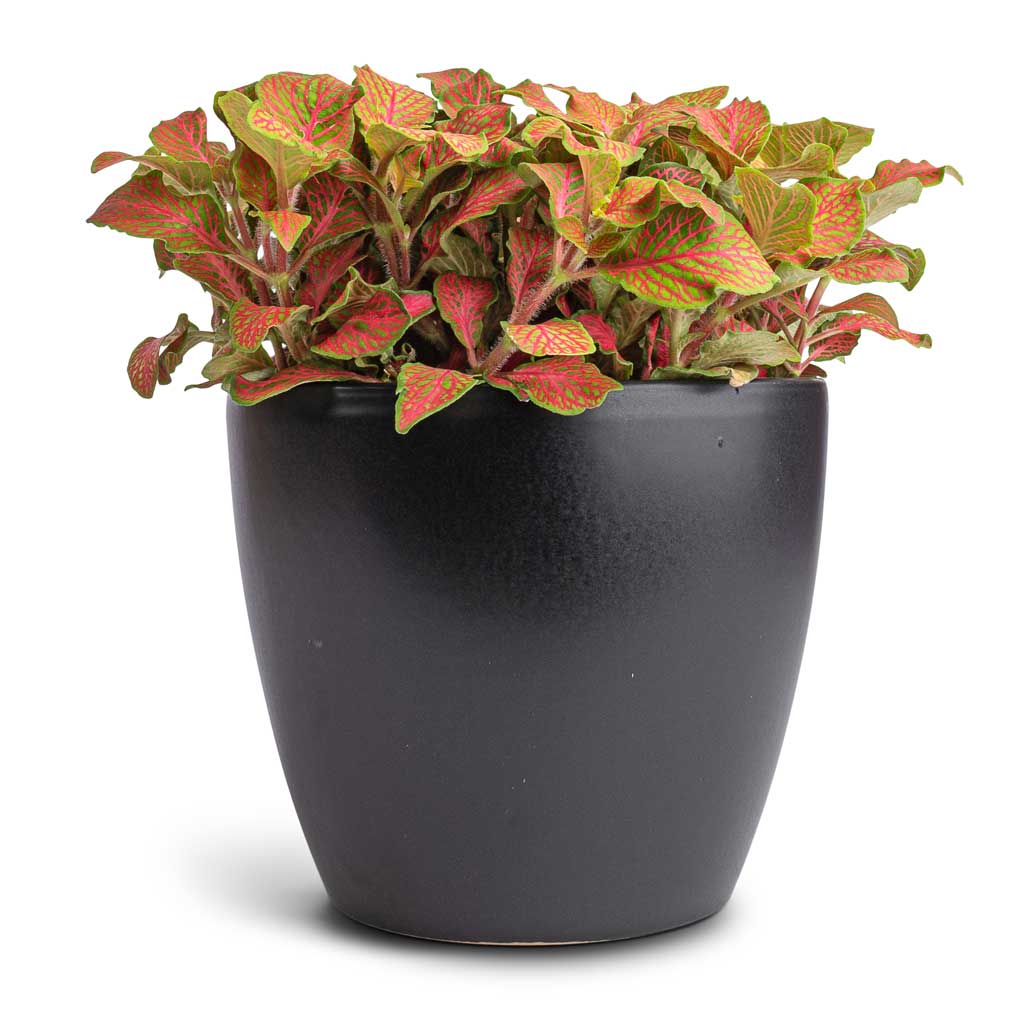
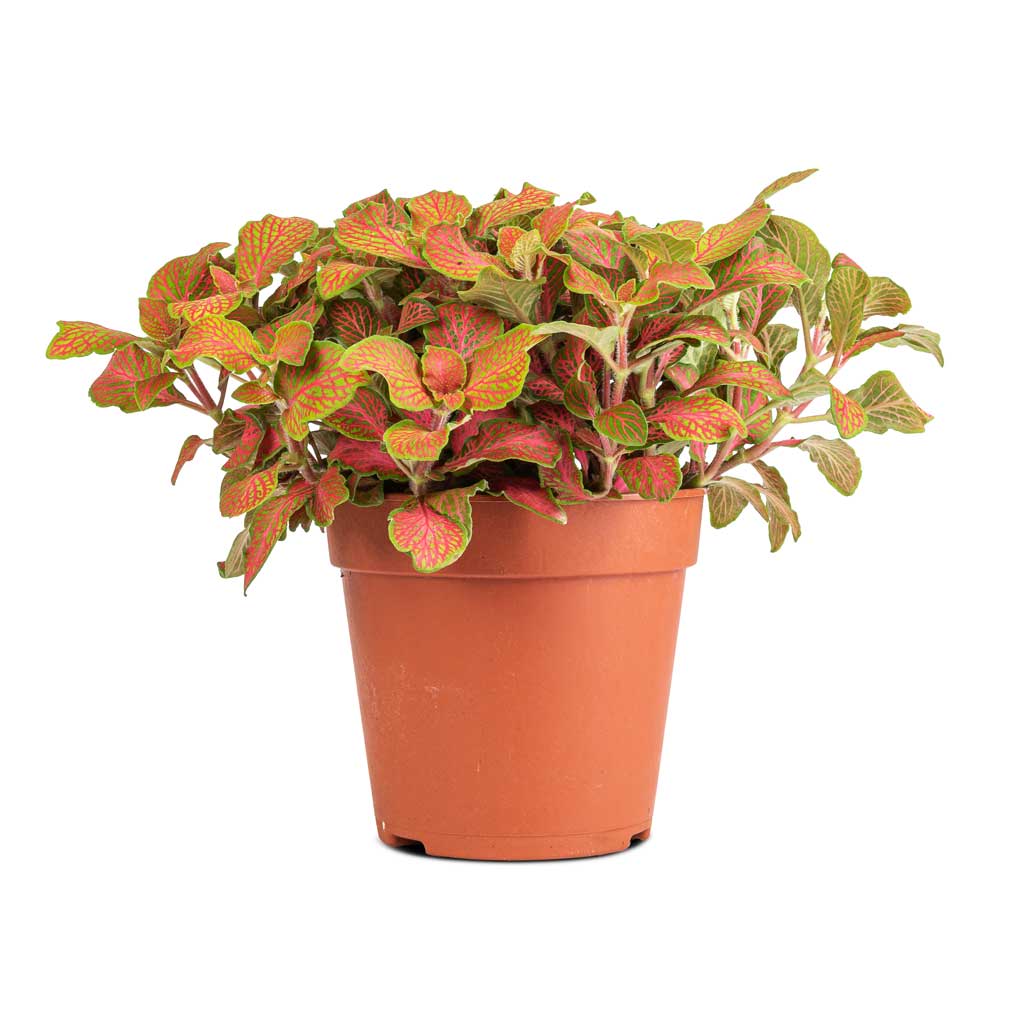
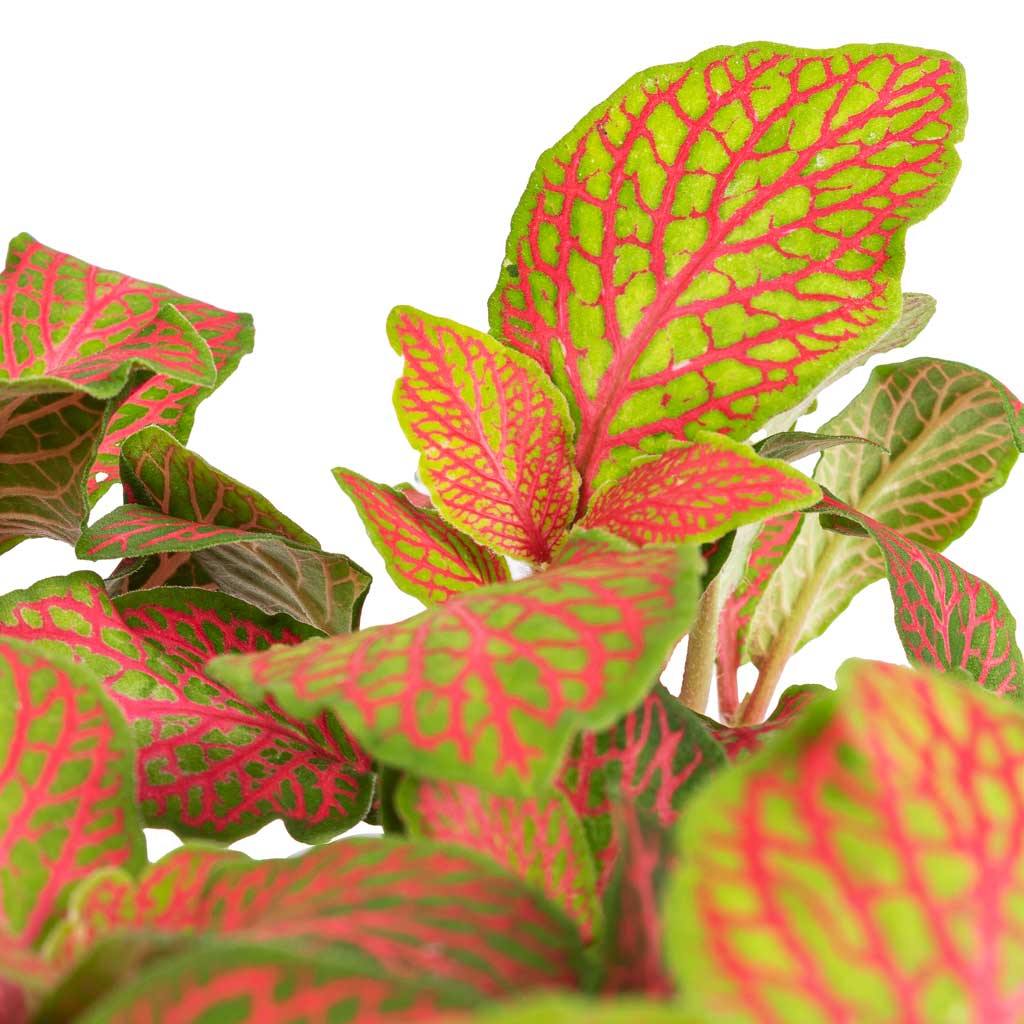
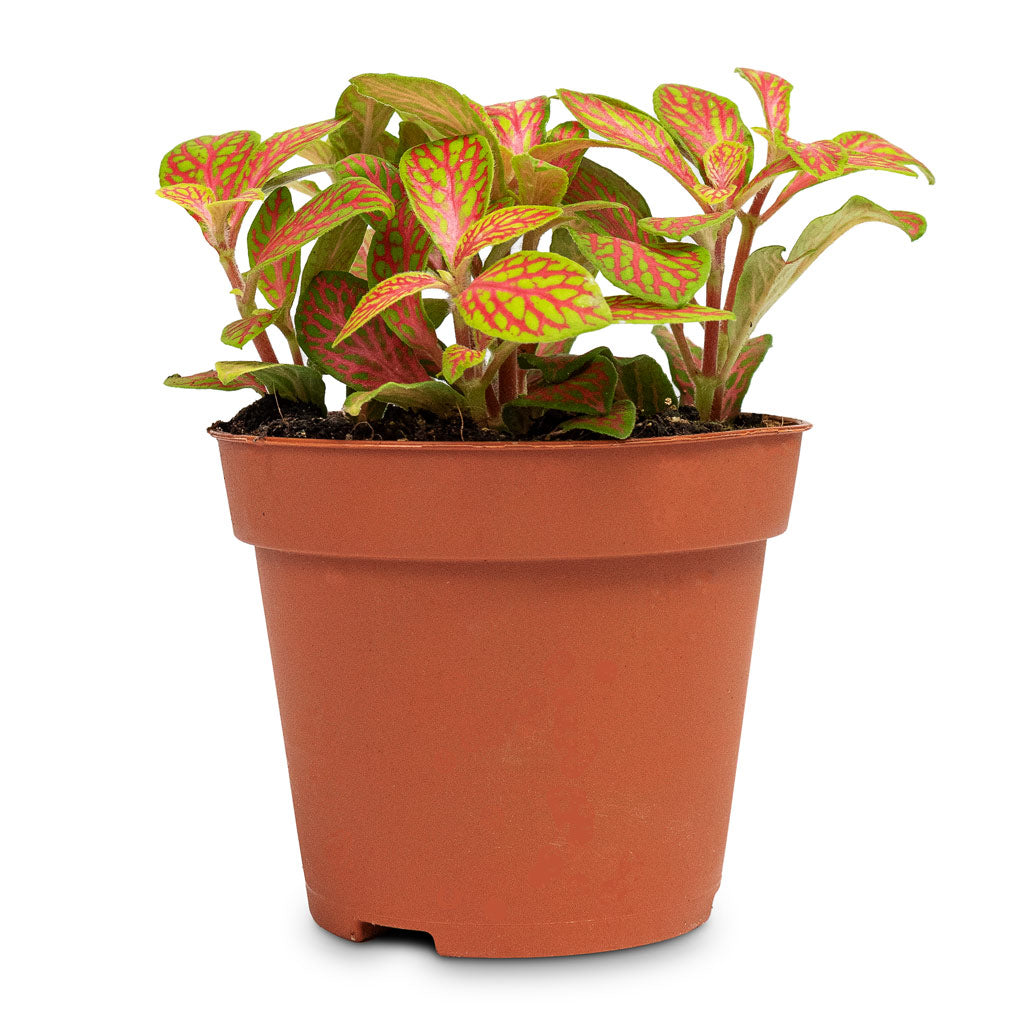
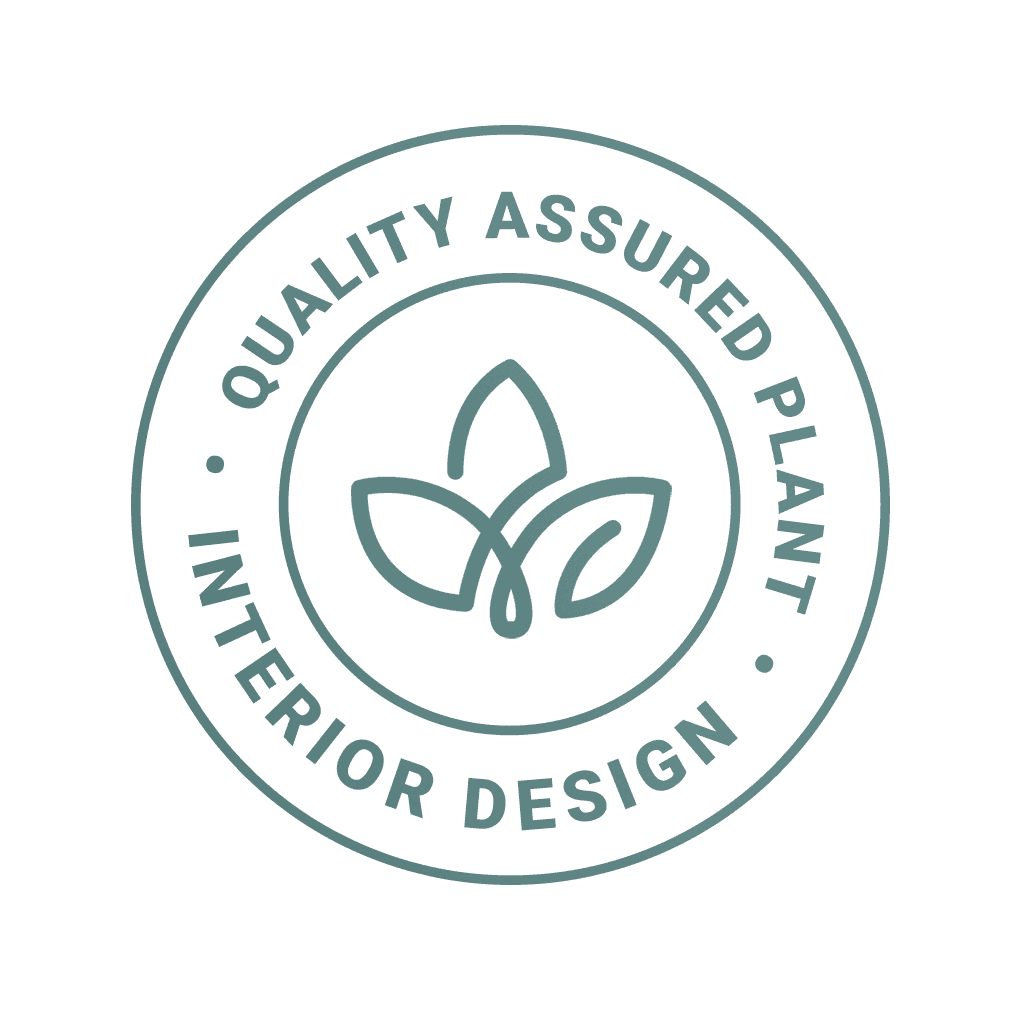
Fittonia albivenis Mosaic Skeleton - Nerve Plant
Prepare to be mesmerized by the stunning beauty of the Fittonia albivenis Mosaic Skeleton - Nerve Plant! This petite plant from Peru features absolutely exquisite foliage. Each olive green egg-shaped leaf is adorned with a mesmerising web of vibrant neon pink veins, creating an intricate and unique filigree-like pattern.
With its stunning lime red leaves and eye-catching mosaic-like appearance, the "Mosaic Skeleton" Fittonia is a real showstopper. It's perfect for adding a pop of colour and a touch of elegance to any space, making it a popular choice among plant lovers and interior designers alike. Whether you choose to keep it in a terrarium or let it trail from shelves or a hanging pot, this tropical houseplant is sure to impress with its vibrant colours and unique patterning.
















